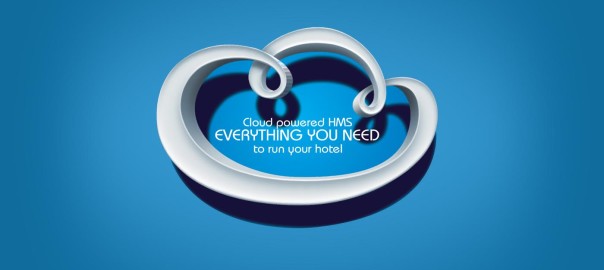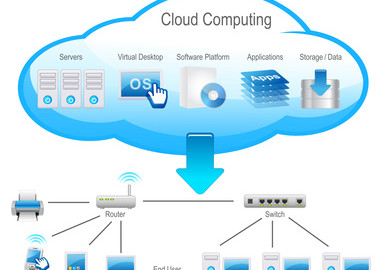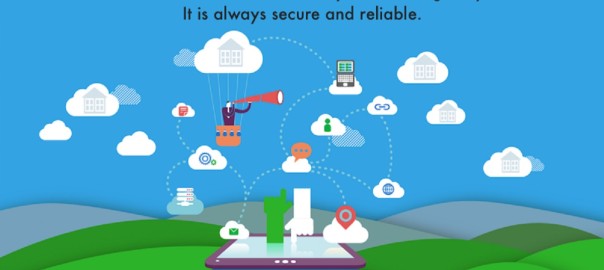Cloud Computing Technology is no longer in its infancy (though the technology itself is still being innovated and polished, and will most likely further evolve in the future), so the industry has already gleaned a good picture of its primary benefits.
With regards to the hotel industry, the cloud can help in the following ways:
Reduce costs and resources
Since cloud services can be acquired on an “as needed” basis, hotels no longer need to invest a hefty sum at the forefront just to get a basic backend running, as they only need to pay for the exact amount of computing power and storage that they need.
Cloud computing gives you the flexibility to work remotely
Ever wondered what it would be like to work remotely. With cloud computing, you can find out! The cloud gives you the flexibility to work from anywhere. All you need is an internet connection and a device, like a computer, tablet, or mobile phone. Then, you can access all of your critical business application from anywhere. The whole world is your office, and you can work remotely without having to sacrifice productivity!
Cloud computing helps you improve the guest experience
With cloud computing, you can improve staff collaboration immensely. So, if your guests need assistance, your staff can be more responsive in a quicker and more efficient way. Not only that – cloud computing helps you to reduce downtime. That way, you and your staff can keep your guests happy and keep them coming back to your hotel in the future.
Cloud provides reliability and security
With the cloud, you store your data securely and remotely instead of in an on-site physical location. That way, you don’t have to worry about losing all of your data if a natural disaster or security breach occurs at your location. Along with the changing business model for the deployment of SaaS, security must also change with the adoption of cloud computing. The ownership of software shifts from the client to the provider, along with the responsibility of providing a secure environment. Security is one of the most often-cited objections to embracing cloud computing for most individuals and corporations. Companies may only feel comfortable using some of the more common cloud services, such as email and payroll services, but have reservations in trusting newer services that so far remain unproven security-wise. There are regulations that must be met before a corporation can move data to the cloud. These legal requirements necessitate that auditability and data confidentiality must be proven to be secure before a corporation can make the migration to the cloud. Some key issues about cloud security deal with privacy, identity, and accountability for the information managed. One of the biggest issues about security deals with the matter of control of the cloud information. The corporation must make sure that it solely controls the information that it distributes over the cloud. If all of the corporation’s business data is stored on a virtual server, the data will be more vulnerable to cyber-attacks and hacking. A problem that arises from hacking and cyber-attacks deals with the protection of intellectual property management. The cloud computing provider must ensure the privacy of their customer’s data and that all data will be kept confidential. Cyber-attacks could also harm a provider’s reliability. Truong suggests that overload capacity, delay, and breakdown of the cloud could result in the interruption of the customer’s business and affect their business performance. Cloud systems could actually provide better overall security benefits in terms of the benefits of scale and with standardizing interfaces. These benefits could provide better protection in terms of patch management, filtering, rapidity to the response to security attacks, and deployment of standard IS policy. There are already many benefits in security from cloud services. Web browsers (all of the major web browsers now automatically update via cloud services) have built-in features, which check URL blacklists, in order to prevent viruses and malware from suspect or malicious websites from infecting a computer browser.



